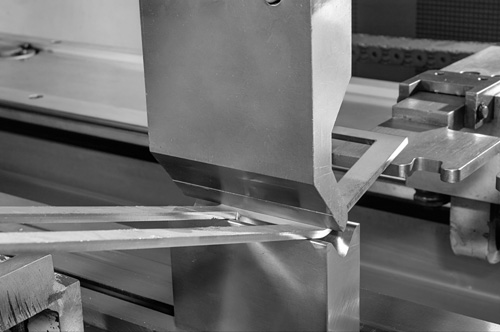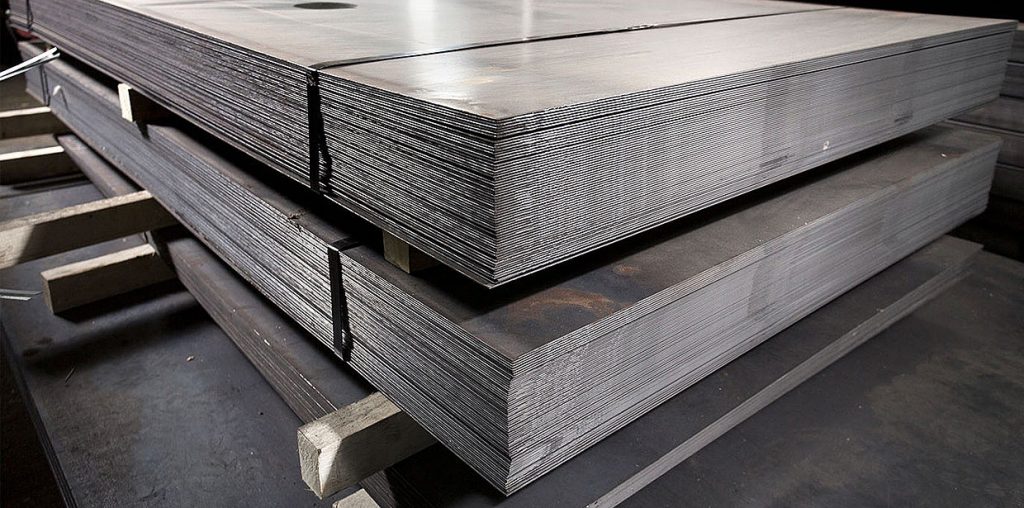When it comes to human history, bronze is one of the oldest metals. An alloy of copper with another metal, most often tin, is called copper-tin. Compositions may vary, but the most common contemporary bronze is 88% copper and 13% tin. Manganese, aluminium, nickel, phosphorus, silicon, arsenic, and zinc may also be found in bronze.
Modern use has obscured the distinction between brass and bronze, which were formerly distinct alloys of copper and tin, respectively. The term blech now refers to copper alloys, while bronze is occasionally referred to as a form of brass. Museums and historical literature often use the phrase “copper alloy” to prevent ambiguity. According to their constituent makeup, bronze and brass are classified as such in science and engineering.

The Bronze’s Physical Qualities
Bronze is often a golden-coloured metal that is hard and brittle. The qualities of the alloy are influenced by the alloy’s composition and processing method. Some of the most common qualities of this kind of vehicle include:
Extremely malleable.
Low-friction bronze may be used with other metals.
Bronze alloys are known for their remarkable ability to expand somewhat after solidifying from a liquid state to a solid one. This is ideal for casting sculptures, since it helps to fill the moulds.
More brittle than cast iron.
It is just the exterior layer of bronze that oxidises when exposed to the elements. There is copper oxide in this patina that ultimately turns into copper carbonate. The metal is protected from further corrosion by the oxide layer. A condition known as “bronze illness” may occur if copper chlorides are present (as in saltwater), which causes corrosion to work its way through the metal and ruin it.
There are no flames when hitting bronze on a hard surface. This makes bronze an ideal metal for use in environments where flammable or explosive substances may be present.
The first Bronze Age
The Bronze Age refers to the era in history when bronze was the most commonly used metal. About this period in the 4th millennium BC, the city of Sumer was established in what is now Iraq. Bronze age in China and India happened at the same period. ‘ Even in the Bronze Age, meteoritic iron was used to create a few things, but iron smelting was rare. A transition from the Bronze Age to the Iron Age occurred approximately 1300 BC. Bronze was utilised extensively during the Iron Age.
Bronze’s many uses
Because of its excellent frictional characteristics as well as in musical instruments, electrical connections, and ship propellers, bronze has been utilised for structural and design purposes as well as bearings and phosphor blech. Some bearings and machine tools are made from aluminium bronze. It’s preferable to use bronze wool in woodworking since it doesn’t stain oak.

Coins have been made out of bronze. Most “copper” coins are really bronze, which is made up of copper with 4% tin and 1% zinc, making up the majority of the metal. Bronze has been used to create sculptures from the beginning of time. Bronze castings, such as pumps and valve stems, can tolerate heavy wear and abrasion because they are simple to mill and pour. Self-lubricating properties of silicon bronze make it excellent for bearings and bushings in a variety of applications, such as tiny electric motors and automotive transmission.
According to bronzeblech.de was the first to employ two-part moulds to cast massive bronze statues, however the lost wax process had already been used to produce blech sculptures long before this period.
Classical guitars and pianos, as well as more traditional instruments like the sitar, all make use of bronze coiled strings. Steel or nylon cores wrapped in bronze provide a warmer sound than other metals, particularly at lower frequencies.
